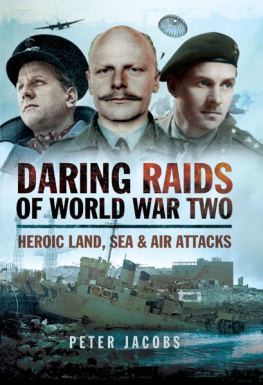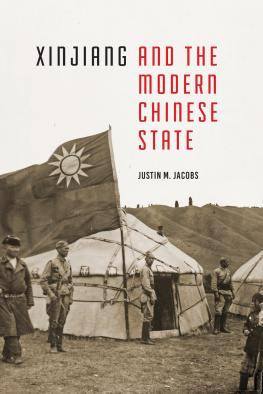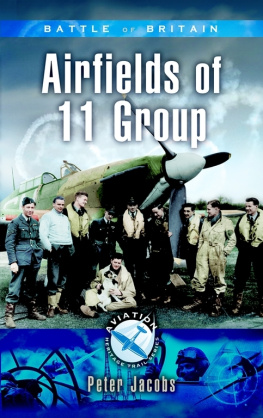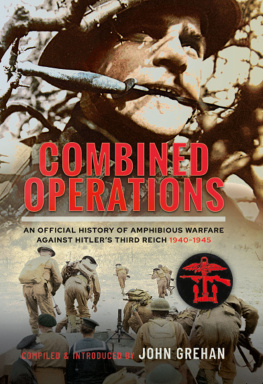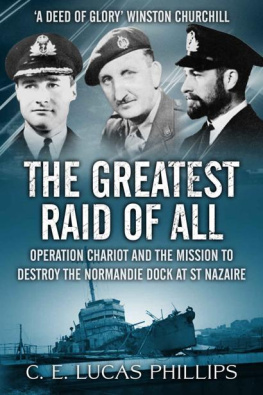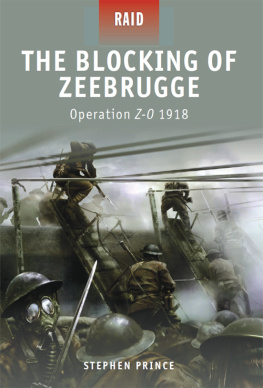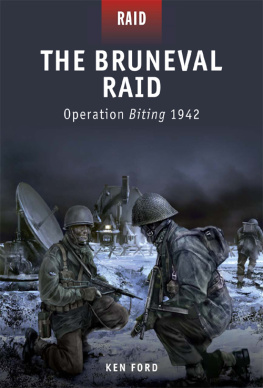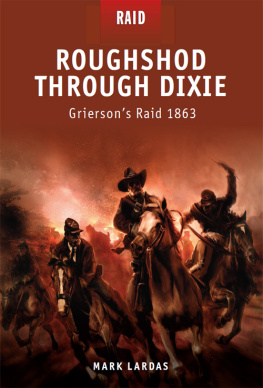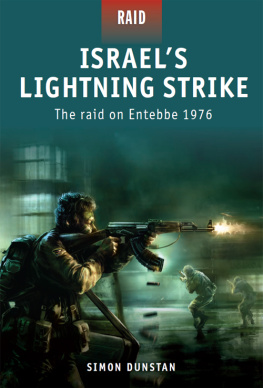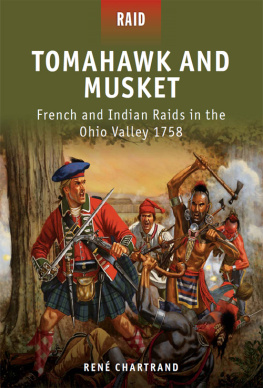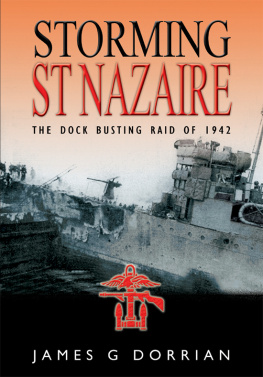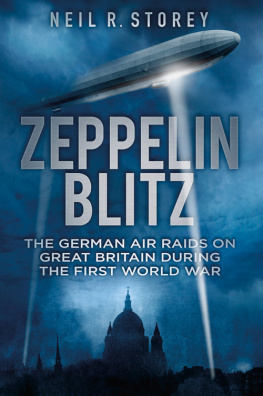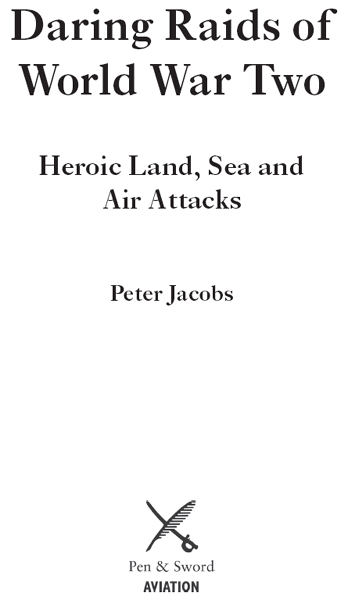
First published in Great Britain in 2015 by
Pen & Sword Aviation
an imprint of
Pen & Sword Books Ltd
47 Church Street
Barnsley
South Yorkshire
S70 2AS
Copyright Peter Jacobs 2015
ISBN: 978 1 78346 333 6
EPUB ISBN: 978 1 47383 863 5
PRC ISBN: 978 1 47383 835 2
The right of Peter Jacobs to be identified as the Author of this Work
has been asserted by him in accordance with the Copyright, Designs
and Patents Act 1988.
A CIP catalogue record for this book is available from the British
Library
All rights reserved. No part of this book may be reproduced or
transmitted in any form or by any means, electronic or mechanical
including photocopying, recording or by any information storage and
retrieval system, without permission from the Publisher in writing.
Typeset in Ehrhardt by
Mac Style Ltd, Bridlington, East Yorkshire
Printed and bound in the UK by CPI Group (UK) Ltd,
Croydon, CRO 4YY
Pen & Sword Books Ltd incorporates the imprints of Pen & Sword
Archaeology, Atlas, Aviation, Battleground, Discovery, Family
History, History, Maritime, Military, Naval, Politics, Railways, Select,
Transport, True Crime, and Fiction, Frontline Books, Leo Cooper,
Praetorian Press, Seaforth Publishing and Wharncliffe.
For a complete list of Pen & Sword titles please contact
PEN & SWORD BOOKS LIMITED
47 Church Street, Barnsley, South Yorkshire, S70 2AS, England
E-mail:
Website: www.pen-and-sword.co.uk
Contents
Acknowledgements
A book such as this could never be produced without the help of many people. First and foremost, I would like to thank the staff at the National Archives in Kew, who continue to maintain an excellent facility and provide an outstanding service for all members of the public. The same can be said for the staff at the Imperial War Museum (London, Manchester and Duxford), the RAF Museum (Hendon and Cosford) and those at the Air Historical Branch (RAF) based at Northolt. All have provided me with great support over the years.
In addition to these excellent museums and institutions, I was fortunate to spend a full career as an officer in the Royal Air Force. This gave me privileged access to service establishments, unit records and squadron diaries. I was also fortunate to spend my last few years in the Service at the RAF College Cranwell, which boasts one of the finest libraries in the country, and this gave me access to a great deal of material. Furthermore, during my career, which spanned five decades, I was privileged to meet many wartime veterans. Although very few are still with us today, they always seemed happy to share their personal memories with me, something I shall never forget. From all of these museums, institutions, establishments and individuals I have been able to build a wonderful archive of information, personal accounts and images; the images used in this book have been credited accordingly.
To include the stories of thirty daring raids under one cover means I can only provide a short account of each. Many of these stories have been given far more coverage in other books and so I must pay my own tribute, and give thanks, to all the authors that have taken the time to tell each tale in much greater depth. My research naturally took me to a number of published sources, and for the enthusiast wishing to learn far more about a particular raid I recommend each and every one of them. The Bibliography provides a fuller list, but amongst the many excellent books I have read are (to name just a few): Night Raid (the audacious raid at Bruneval) by Taylor Downing; Operation Suicide (Cockleshell Heroes) by Robert Lyman; The Dambusters Raid (John Sweetman); The Small Scale Raiding Force (Brian Lett); Pegasus Bridge (Stephen Ambrose); Arnhem: A Tragedy of Errors (Peter Harclerode); and Target Tirpitz (Patrick Bishop). Over the years some of these stories have become immortalized on the big screen. Great films, such as The Dam Busters, Heroes of Telemark, The Cockleshell Heroes, Sink the Bismarck and A Bridge Too Far, all inspired me in my younger years to the point that I just wanted to join the armed forces and so I did. Most importantly though, films such as these have meant that the daring exploits they portrayed will live on for generations to come and so, on behalf of a most grateful nation, I must thank the film-makers of days gone by. Not only did they inspire me, but I suspect they have inspired many others over the years.
For a long time I have felt there was a place for a book such as this, as it gives the reader a good understanding of the courage and bravery demonstrated by members of the British Armed Forces during the Second World War, whichever service or theatre they were operating in. And so I would like to thank the team at Pen & Sword for agreeing to let me tell these stories in one volume, and to Laura Hirst, in particular, for helping to make it happen. I have always thought that writing the book is the easy part but turning it into what you see today is something else.
Last, but by no means least, I would like to pay tribute to all those who took part in the raids included in this book, many of whom did not live to tell the tale. Without their courage there would be no stories to tell.
Introduction
A mongst the titanic strategic battles of the Second World War, countless daring raids were carried out by British units across all operational theatres by land, sea and air. These raids varied in size enormously. Some involved thousands of men, such as at Dieppe, Arnhem and in the jungle of Burma, while others were carried out by a handful of men and, in some cases, by just a couple of individuals. Included in this latter category is a raid carried out by two men in a canoe on an enemy vessel in the enemy-occupied harbour at Boulogne, and a mission carried out by two men who, night after night, swam ashore from a midget submarine to carry out vital reconnaissance of the beaches that were soon to become centre stage for the Allied invasion of Normandy.
While some raids have since been immortalized in dramatic form on the big screen and have become household names, such as the legendary Dam Busters, others, no less daring or dramatic, have disappeared into forgotten archives, only to be remembered by those who took part. The latter could happen for any number of reasons. Some took place thousands of miles from Britain or involved specialist units of which little was known back home at the time, such as the raid on Barce in North Africa by the Long Range Desert Group (LRDG) and a raid carried out by two midget submarines against Japanese cruisers in the Johore Straits of Singapore at the very end of the seemingly forgotten war in the Far East. Some ended in dramatic failure, such as the disastrous reconnaissance of Saint Honorine-des-Pertes, while others were deliberately not publicized back home, such as at the Litani River, where a British commando raid on Vichy forces resulted in French casualties. However, while some raids went largely unheard of at the time, others were seen as great opportunities to provide the British public with some much needed good news. The sinking of the mighty German battleship Bismarck, for example, or the successful commando raid at Vaagso on the west coast of Norway, both during 1941, was news considered too good not to tell, and those who took part returned home as heroes.
A pattern of raids emerged as the war progressed. In 1940, when Britains survival was the priority, there were often not the resources, nor the expertise for that matter, to strike back at the enemy. But the formation of new organizations, such as the Army Commandos and the Special Operations Executive (SOE), formed by British Prime Minister Winston Churchill to set Europe ablaze, introduced new players into the raiding game, who quickly became specialists in their trade. At that stage of the war it was vital to hit back at the enemy in any way possible, but some of the early commando raids were hastily planned and, therefore, resulted in disaster. One commando raid towards the end of 1941, for example, on what was believed to be General Erwin Rommels headquarters in North Africa, ended in failure and brought an end to what some considered to be raiding of a rather gung-ho nature. The intelligence on which the raid had been planned turned out to be hopelessly wrong and it cost the Commandos one of their finest men.
Next page
